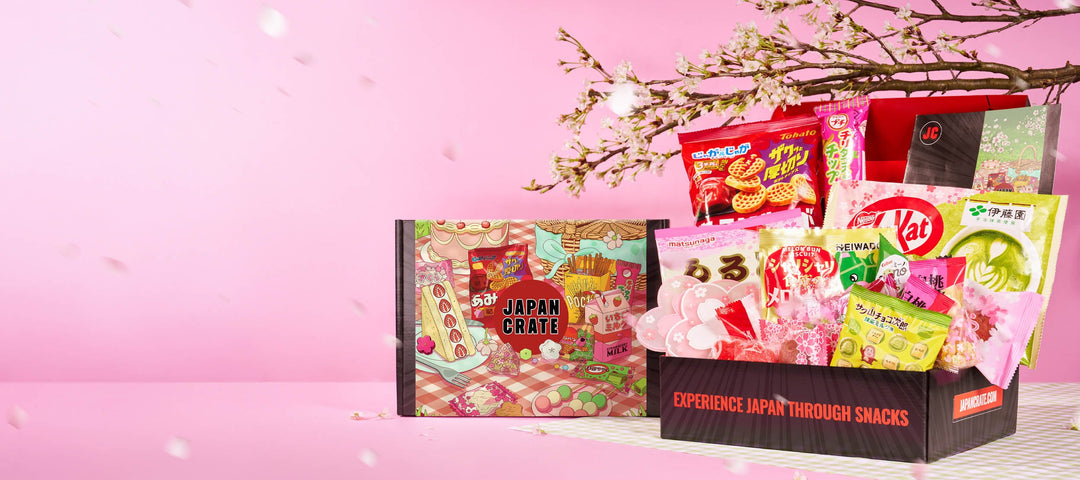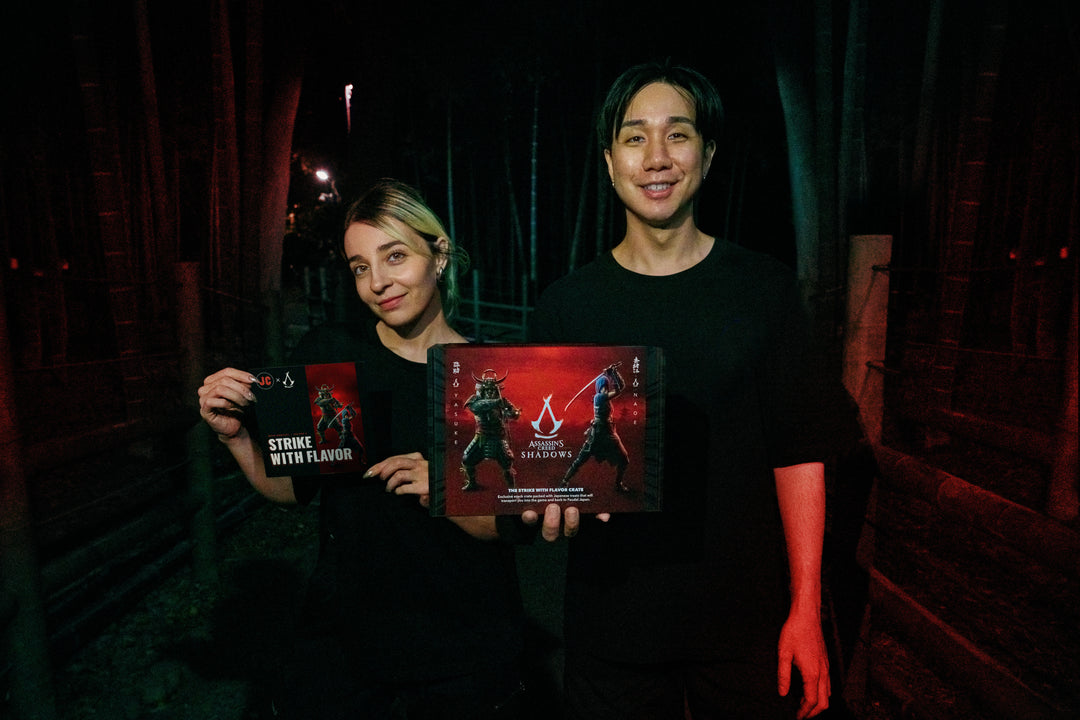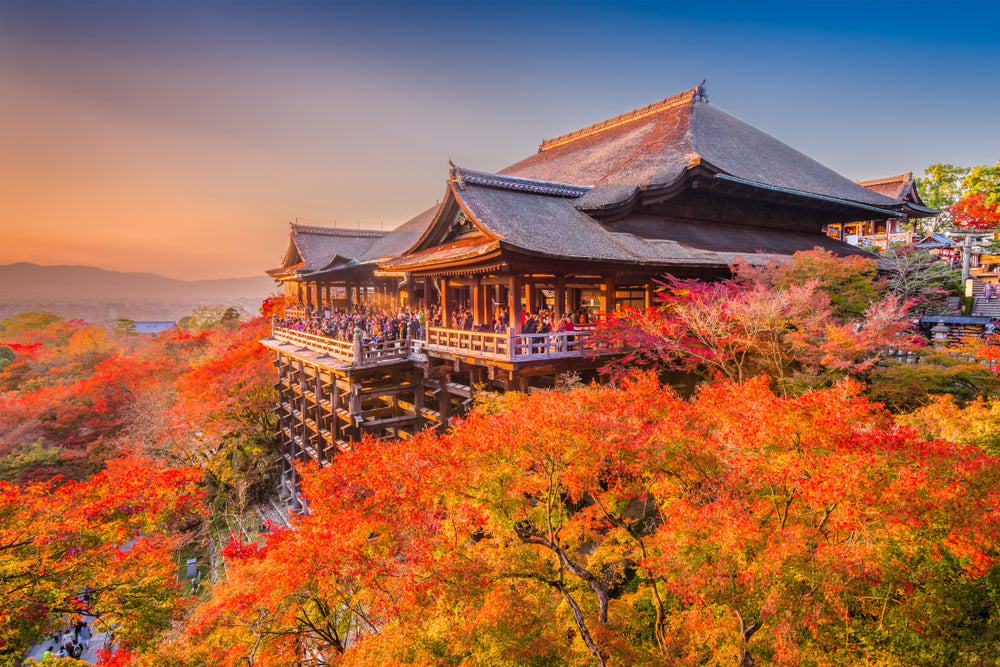Everything you Need to Know About Taiwan Mazesoba
Undoubtedly, ramen has gained a lot of popularity abroad. The noodles are simple to chew, and when they're paired with the flavorful broth, the dish has a powerful, slightly greasy flavor. But if consumed daily, it might not be so good for your waistline! Well, ramen is just one of the many noodles you can enjoy. Have you ever heard of soba? Soba noodles have a solid texture and roughly the same consistency as spaghetti. They can be either hot or cold and are typically served with tsuyu, a Japanese dipping sauce, or soup consisting of soy sauce, dried bonito broth, sugar, and mirin. And one of the most well-loved soba noodles in Japan is the Taiwan Mazesoba. Intriguing, right? Well, you've come to the right place. Here's all you need to know about Taiwan Mazesoba.
What is Taiwan Mazesoba?

Mazesoba, also known as Abura soba, "oil noodles," or Mazemen, is the Japanese word for "mixed noodles." It is a well-known broth-less ramen variation with thick, chewy noodles, umami soy-based tare in place of soup, as well as toppings like pork belly chashu that are combined together before consumption. Mazesoba goes great with thick, moist, and chewy noodles. When mazesoba is presented, the sauce is put in the bowl underneath the noodles. With everything starting at the bottom, you can combine it all. Since there isn't any soup and the noodles are already moist, you may take your time enjoying the natural flavor. Abura Soba and Mazesoba are virtually the same meal; however, Mazesoba typically includes additional toppings.
In fact, the name Mazesoba is a name variation, indicating that Mazesoba and Abura soba share a common ancestor. However, in 2008 the term "Mazesoba" advanced to refer to a particular regional ramen known as Taiwan mazesoba. It is believed that Nagoya is where mazesoba first appeared in the 1950s. It was influenced by a recipe from Taiwan, and because of this, it is also sometimes known as Taiwan Mazesoba in Japan. The customary ramen toppings, such as chashu, ramen egg, and bamboo shoots, are not included in this regional ramen dish from Nagoya in central Japan. Instead, a raw egg yolk, fresh chives or spring onions, and spicy ground pork mixture are typically added as garnishes.
What is the Difference Between Taiwan Mazesoba and Abura Soba?

Before it came to be used to refer to a particular dish, Taiwan mazesoba brothless ramen was originally just another term for abura soba. Despite being identical dishes at first, they each have a few minor differences. The method used to blend the sauce and noodles differs significantly.
In a dish called "abura soba," boiling noodles and various toppings are placed on top of a soy sauce-based tare that has been poured into the bottom of a bowl. To season the dish effectively with this layering, you must fully combine the noodles and tare before eating. You can toss the noodles as you eat them while combining the noodles with the separately prepared rayu (chili oil) and vinegar to your taste. On the other hand, the sauce is already incorporated into the noodles when Taiwanese mazesoba is served. Compared to Abura soba, the components are more powerful and contain Taiwanese minced meat with a spicy soy sauce flavor, Chinese chili bean paste, chili peppers, chives, green onions, and egg yolks. The noodles and sauce are pre-tossed since these components need to be well combined before consumption.
Nevertheless, Abura soba and Taiwanese Mazesoba do share certain commonalities. Since thick ramen noodles tend to stick together when they get cold, both varieties of ramen frequently use them. Both dishes need to be stirred while they are still hot.
History of Taiwan Mazesoba

Despite being known as "Taiwan Mazesoba," this dish originated in Japan. It was created specifically in the city of Nagoya, Aichi Prefecture, and it is even regarded as a local dish. In 2008, Menya Hanabi, a specialized noodle shop, invented mazesoba. The owner wanted to prepare Taiwan ramen, a delicacy of Nagoya, but he could not generate a satisfactory soup broth.
One of his employees advised serving the minced meat with boiled noodles just as he would discard it. The cook enhanced the meal, and as a result, the modern "Taiwan mazesoba" was born. From then on, Taiwan ramen noodles were essentially a derivation of Taiwan mazesoba. While there is a comparable noodle dish in Taiwanese cuisine, Taiwan Mazesoba is unique in that it is quite spicy. Since the owner is from Taiwan, he made care to include "Taiwan" in the name.
How to Make Taiwan Mazesoba?
Taiwan Mazesoba is quickly gaining popularity among fans of ramen around the world, but only a few restaurants still serve it. Here's a simple recipe that anyone can make at home if they are interested in Taiwan Mazesoba but cannot locate a nearby ramen restaurant that serves it.
Ingredients You'll need:

Although making Taiwan mazesoba is not difficult, it requires various ingredients. The key ingredients are the toppings, the "tare" (sauce) to mix with the noodles, and then the condiments and seasonings to flavor the pork mince. Here are three ingredients that are divided up per dish component.
For Pork Mince:

The spicy minced pork made in Taiwan is one of the dish's key ingredients. Even though it seems like there are a lot of components, the pork mince comes together rather quickly if you make a lot of Chinese and Japanese food at home. Here are the ingredients you need:
-
Minced pork
-
Minced garlic
-
Ginger paste or freshly grated ginger
-
Fresh or dried chili
-
Dashi or water
-
Sake
-
Sugar
-
Oyster sauce
-
Black pepper
-
Chinese chili bean paste
For Noodles and Tare Sauce:
A tare sauce foundation is essential to every bowl of noodles. Typically, tare is used in a broth to create ramen soup. But because mazesoba is a soupless ramen, keep the tare very straightforward and combine it with cooked noodles. What you'll need for this component is:
-
Soy sauce
-
Sesame oil
-
Thick noodles
-
Chinese chives
-
Green onions
For the Toppings:

The following toppings are typically added to Taiwan mazesoba in addition to the spicy pork mince made in Taiwan:
-
Chinese chives
-
Chopped spring onions
-
Katsuobushi bonito flakes
-
Tenkasu
-
Furikakke
-
Kizami nori seaweed
-
Egg yolk (from pasteurised egg)
Cooking Instructions:

-
Prepare all the ingredients.
-
Carefully stir-fry the chili, garlic, and ginger pastes in sesame oil or vegetable oil over low heat to bring out their flavors. The low heat prevents them from burning while providing your kitchen with a pleasant perfume.
-
Then, increase the heat to medium and add the minced meat to the large pot. Stir-fry the pork with the chili, garlic, and ginger until the pork turns brown.
-
Add and thoroughly combine the dashi, sake, oyster sauce, sugar, tobanjan, and black pepper. Simmer the mixture until it has all evaporated. Stir in the black pepper after adding it. Taste the stir-fried mixture and make any required adjustments.
-
While not totally wet, the pork combination should still have some moisture. As a result, some of the flavors will be able to better coat the noodles and permeate the entire meal. When it's finished, turn off the heat, but keep it warm on the stove. You can also put a lid on if you want to remove it from the heat.
-
Boil the noodles of your choice as directed. Place one piece of the ramen noodles in each bowl after boiling them, following the directions on the container.
-
Combine sesame oil, soy sauce, and chicken bouillon powder in each serving bowl while you wait for the noodles to finish cooking. Mix until the powder is completely dissolved.
-
Finally, place the seasoned pork in the center and spread the other toppings out in a circle. Add seaweed/nori, hot ground pork, green onions, mushrooms (or bamboo shoots), and Chinese chives as garnish. Add the raw egg yolk to the pounded pork (or sous vide egg).
-
Enjoy this unique dish prepared in the Nagoya City way with Taiwanese flair by mixing well before eating!
Taiwan Mazesoba Cooking Tips

1. Cut the toppings into identical-sized pieces.
This is necessary for both an authentic presentation of the noodle dish and simple mixing. The toppings you select will depend on the flavor you wish to achieve. Some toppings will have a strong flavor, while others will have a much more delicate one. You can customize this dish by cutting your preferred toppings equally.
2. Set aside the cooking liquid.
To ensure that the ground pork mixture has some fat and liquid to blend with the noodles, you should set aside some cooking liquid for the meat. This is because the cooking liquid will be reduced, and the flavors will be intensified as you simmer the pork mixture.
3. Use raw egg yolk.
Consuming raw eggs is safe in Japan but not in the whole world. The addition of egg yolk gives this recipe a wonderful, creamy texture and rich flavor. You can also use pasteurized, and sous vide eggs, poached eggs, onsen tamago, or soft-boiled eggs.
4. Serve it right away.
This is actually quite important! The meal cools down faster than traditional ramen with a broth since some of the toppings are at room temperature. It's really difficult to mix everything together after the noodles are cold and stick to one another, and the meal loses its appeal.
How to Eat Taiwan Mazesoba?

There are numerous ingredients in Taiwan mazesoba, and its noodles are served with more toppings like Negi (spring green onions), nira (garlic chives), sabako (mackerel powder), nori (laver), and ran-o (egg yolk). Moreover, even though the dish is already pretty hot, you can add more spice for more spiciness. Despite the attractive display, you need to combine the ingredients as thoroughly as you can before serving.
Mix the ingredients thoroughly before the noodles dry out. Mix and toss the noodles in the rich egg yolk using your chopsticks and renge (ramen spoon) until they are well covered. After the initial mixing of the noodles with the toppings, you'll surely taste an authentic Taiwan mazesoba flavor. Once you've had a few bites of the noodles, it's time to change the flavor halfway through. Try adding a little kelp vinegar if you want to lighten and brighten the flavor profile. You can customize your Taiwan mazesoba at some restaurants by selecting the spices and tastes that you want. After you've finished the noodles, it's possible that some of the spiced minced pork will still be in the dish. Oi-meshi, or a dish of steamed white rice, is frequently requested in Japanese restaurants. Stir the remaining pork mixture with the steaming rice and enjoy every bit of Taiwan Mazesoba.
It's Japan Crate Time!
Eat like you're in Japan with a wide selection of interesting, delicious noodles and toppings! Sugoi Mart’s noodle collection offers a large variety of Japan's top instant noodles. Discover a taste of Japanese cuisine that’s quick and convenient to make at home.
Japan Crate makes it simple for consumers to get delicious noodles and other goods from Japan. At Japan Crate, you can buy the tastiest Japanese sweet and savory snacks. Get a monthly delivery of goodies that are only available in Japan! The most authentic Japanese treats from Japan Crate will spice up your life. Simply click this link to register for your account right away. Thanks to Japan Crate, you can soon savor the exquisite flavor of Japan!
Author Bio







Leave a comment